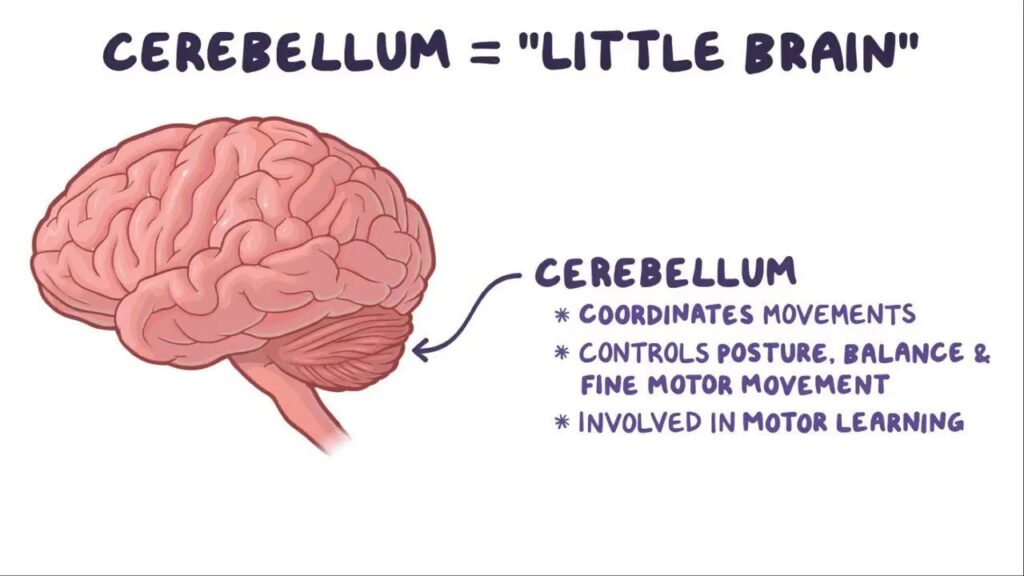Cerebellar Ataxia Treatments: Can Physiotherapy Help?
Physiotherapy
Can Physiotherapy Help?

Ataxia is defined as “impaired coordination of voluntary muscle movement” and the primary cause of ataxia is damage to the cerebellum or cerebellar pathways which may present as an inability to coordinate balance, gait, extremity and eye movements.
The cerebellum sits at the back and bottom of the brain, behind the brainstem. Due to the cerebellum being divided into parts with differing functions, lesions to different parts of the cerebellum will present differently.
Cerebellar ataxia is a condition that can present with a multitude of symptoms. Common symptoms include speech difficulties, dizziness, blurred vision, repetitive eye movements (nystagmus), difficulty swallowing, poor fine motor skills, disturbed balance, abnormal gait or/and postural changes.
As mentioned, the cause of cerebellar ataxia is from a lesion to the cerebellum but what caused the lesion is the question? The differing causes can be classified as genetic or non-genetic (acute) with acute cerebellar ataxias including trauma, stroke, infections, toxins, tumours or cancers.
Management and treatment of cerebellar ataxia requires a multi-disciplinary approach and we as physiotherapists make up an important part of that approach. The physical manifestations including ataxic gait patterns, disturbed balance, poor postural changes, muscle weakness and reduced fine motor skills are all symptoms we can address with physiotherapy treatments.
Examples of these treatments include gaze stabilisation exercises focusing on balance and proprioception; “Frenkel” exercises which work on coordination requiring focus, precision, concentration and repetition; trunk and limb strengthening to improve overall strength and control; as well as gait pattern retraining to achieve the desired gait and mobility support.
We at Healthproof aim to achieve the best possible outcome for your condition and do so whilst providing you with knowledge and reassurance through the entire process.
References
Evelyn O. Berman, D. Z. (2021). Acute Cerebellar Ataxia. Medline Plus.
Khemani, P. (March/April 2013). Overview of Adult Onset Cerebellar Ataxia. Practical Neurology.
Leopold, C. (2018, August 31). Medical News Today. Retrieved from https://www.medicalnewstoday.com/articles/313265
Pedroso, J. L. (March 2019). Acute Cerebellar Ataxia: differential diagnosis and clinical approach. Neuro-Psychiatry Archives.



